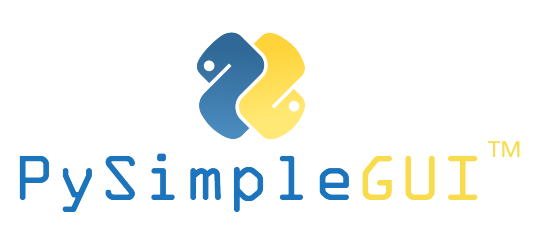
Python GUIs for Humans
Want to master
PySimpleGUI?
Sign up to the official
course on
apply coupon for discount:
BDC40CE5211BD258C767